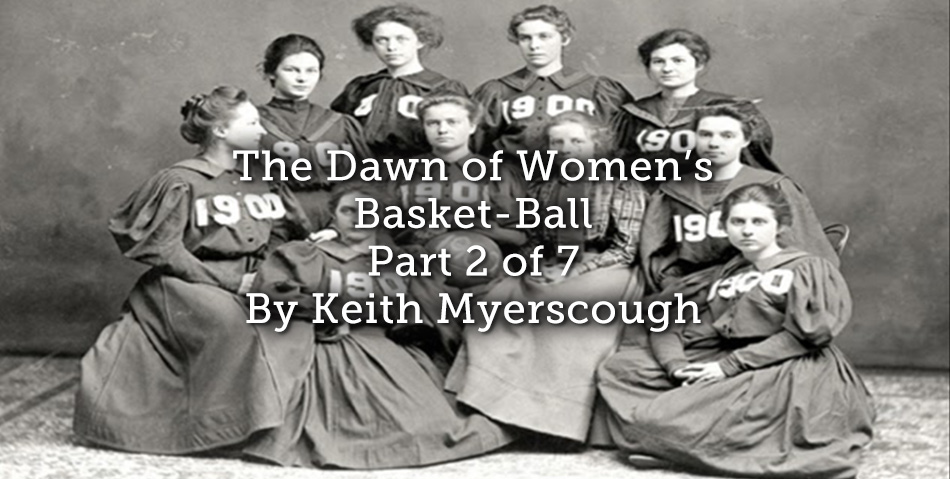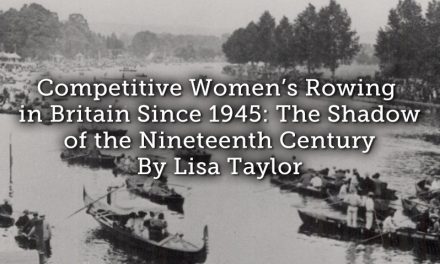In 1941, Dr James Naismith insisted that basketball had been invented in 1891 to satisfy a universal need for a recreational activity that would develop a number of personal attributes associated with playing a team game. His ‘new game’ was intended to promote physical attributes such as agility, accuracy and speed, in conjunction with mental attributes such as self-confidence, self-control and sportsmanship. Naismith firmly believed that such benefits could only be developed for male and female participants if the rules were steadfastly applied by both coaches and match officials. From the very outset in December 1891, the growth and development of his new game was dependent upon the original 13 rules of play and how they were to be administered.
In recalling the circumstances of that first game, Naismith declared, ‘The game was a success from the time that the first ball was tossed up. … Word soon got around that they were having fun in Naismith’s gym class, and only a few days after the first game we began to have a gallery.’ Basketball was taken up by both male and female participants in gym classes as a welcomed alternative to the more traditional gymnastics and calisthenics that dominated physical education at that time. The YMCA movement nurtured the sport in the first decade, spreading the boy’s game nationwide and internationally. Female physical education departments nationwide promoted the game as a suitable activity for females with a number of caveats largely designed to maintain female decorum, with supposed concerns of female physical and psychological frailties being highlighted.
The first pioneer of the girl’s game of basketball was Clara Gregory Baer, who had recognised the potential of this new team game for her physical education lessons at Newcomb Memorial College, New Orleans. Her students were largely young ladies from New Orleans high-society, many of whom were driven to classes in carriages accompanied by their chaperons. Baer learnt of basketball in 1892, and with a few rule changes to guard against undue physical exertion, the game was enthusiastically adopted by her Southern Belles. In 1894, Baer, having consulted Naismith, published her own version of his rules. She called the modified game Basquette, as the French word would be clearly understood in Louisiana where French was still widely spoken. Naismith’s guide to the rules of basketball had been accompanied by a diagram that divided the court up into thirds simply to emphasise players starting positions. Baer took his guide too literally in creating her own court demarcations, and as a consequence the foundations to netball had been established.
A similar process in establishing a female-friendly version of basketball occurred within a comparable time-frame at Smith College, Massachusetts. In January 1892, Senda Berenson, the new teacher in the physical education department at Smith College, was looking for a suitable game for her East-Coast young ladies. The boy’s game of basketball was viewed as being too masculine and, therefore too rough for her young ladies to play in its original form. Berenson altered the rules of play in order to not only conform to contemporary male-orientated attitudes towards females, but to also encourage a degree of female emancipation. She supported the view that females wanted equal rights in order to be more involved in politics and social issues, and not because they wanted to be just like men. This philosophy was reflected in the rules and regulations Berenson adapted for the girl’s game of basketball. So successful were her basketball rules that she became known as the ‘mother of women’s basketball’ throughout the USA.
The hypothesis that contemporary cultural spheres influenced the structure of each version of the game under review: Men’s Basket-Ball, Basquette, Women’s Basket-Ball and Net-Ball, is apparent in the rules of play for each of these games. The men’s game was created to solve a problem of disorderliness by a class of 18 male students who enthusiastically played American Football when in-season. The 13 original rules were simply a reflection of the artificially constructed constraints placed upon a game played indoors; basketball being defined by the level of contact allowed, the method of scoring and the movement of ball and players.
The women’s game(s) reflected a number of constraints imposed upon female participation in contemporary team games of the period. Clara Baer constructed a set of rules that reflected the expectations of contemporary Southern society for its young ladies. Basquette was played with 11 players on each team with that number of designated playing squares which was designed to restrict the player’s movements; a clear strategy to limit physical exertion. The ladies could not ‘guard’ an opponent, move only when the ball was in the air and most definitely no shouting or talking during the game. Senda Berenson established the division of the court into thirds, which had the effect of limiting the territory of players to pre-designated positions of play. The game was played with 9 players on each team; a reflection of the original Naismith game for his gym class, but the number of players also satisfied wider social concerns regarding female over-exertion. Berenson’s rules of play were widely adopted by Universities and Schools; they were allowed the freedom to dribble the ball (but only 3 dribbles), but they could not hold the ball longer than 3 seconds, nor could they knock the ball out of an opponent’s hands. Both sets of rules were designed to avoid what Berenson described as a ‘tendency for roughness’.
The final word should go to Senda Berenson – writing in Spalding’s Official Basket Ball Guide for Women in 1903 and 1905; she warned against female participants being over-zealous:
In competitive games one of two strong forces must become all-important. One will either abandon one’s self to instinct and impulse in the quickness of action and intense desire for victory, and hence develop rough and vicious play; or, eliminating brute and unfair play, one’s powers are put into developing expert playing, quickness of judgement and actions, and physical and moral self-control.
Article © Keith Myerscough










